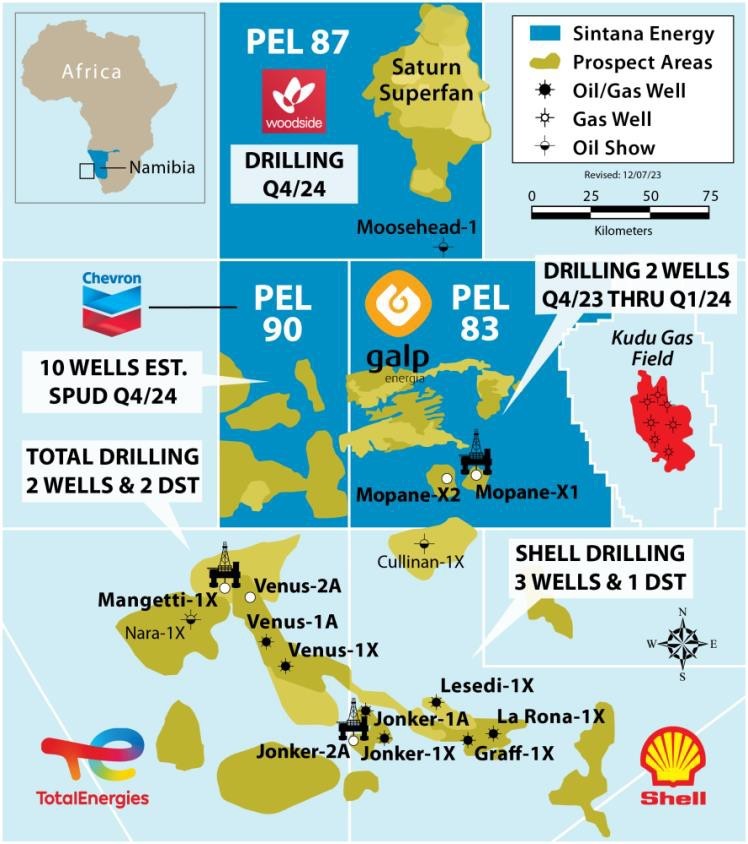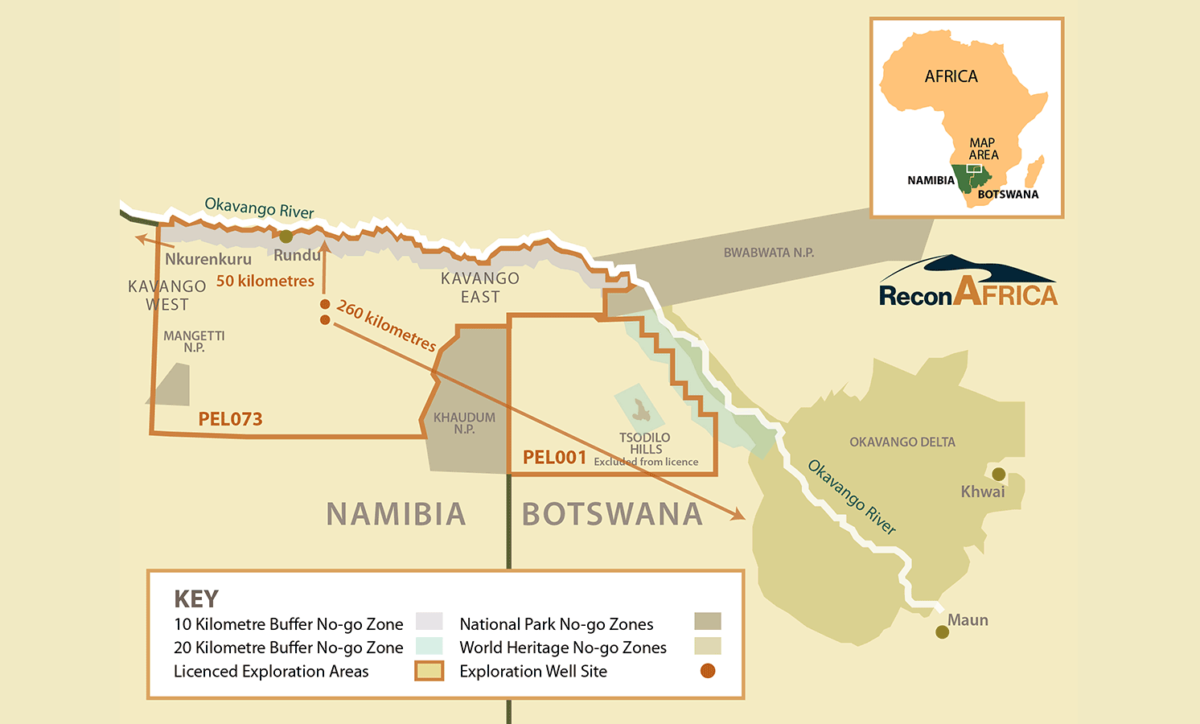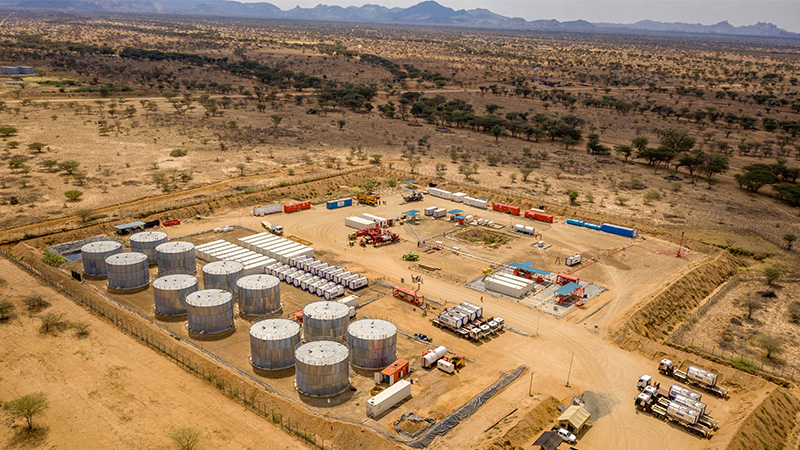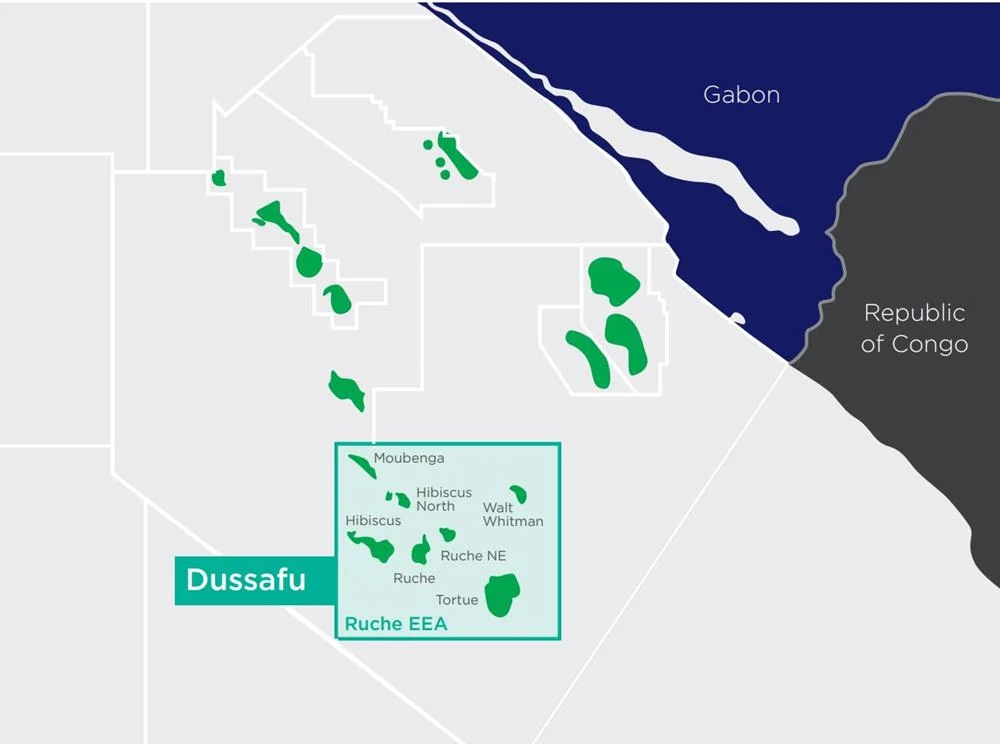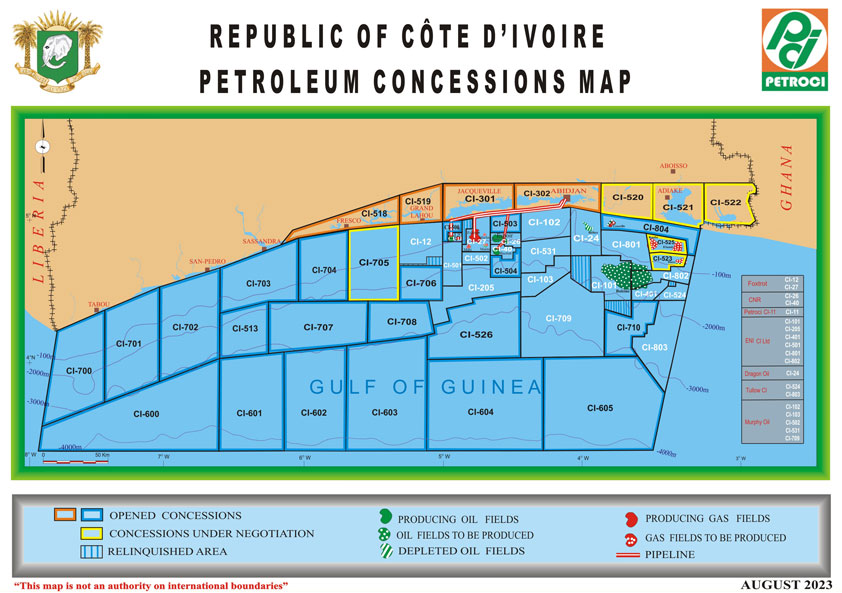Why Zarara’s Pate-2 result could Overshadow Tullow’s Early Oil Pilot Scheme
The drilling of Pate-2 well in Lamu County’s Pate Island is set to commence in Q1 2017 same time as the eagerly awaited early oil pilot scheme is set to commence with just over a dozen trucks ferrying crude oil via road from the lokichar oil fields to the Kenya refinery plant in Mombasa.
Unknown to many drilling in Pate island has seen success in the past with a gas discovery in 1971 by Shell and BP. According to records Pate-1 well located in Block L4 encountered over-pressured gas-charged sands in the Basal  Kipini reservoir at 4,175 metres MD with gas flowing from an uncased hole section for 2-3 days during drilling before it was eventually brought under control and then plugged with cement and abandoned.
Kipini reservoir at 4,175 metres MD with gas flowing from an uncased hole section for 2-3 days during drilling before it was eventually brought under control and then plugged with cement and abandoned.
The main reason for the abandoning was because the consortium was basically searching for oil and not natural gas.
Some six years earlier the same consortium had discovered gas flowing at non-commercial rates exceeding 2 mmscf/day at the Dodori-1 well located some 30 kilometers northeast of Pate 1 in the neighboring Block L13 where Zarara Oil and Gas operator* ( a subsidiary of Midway Resources International) as well as Swiss Holdings and National Oil Corporation of Kenya are joint venture partners.
This clearly indicates a working hydrocarbon system in the area.
Since then Zarara has since acquired the aero-gravity/magnetic survey in 2011 as well as the 374km of seismic lines acquired in 2012. The results of the aero-gravity/magnetic survey, processing of seismic data and information on other wells drilled in the Lamu embayment were integrated by Rockflow to determine the resource potential.
 When Pate-2 spuds the operator has said he will be looking into assessing the connected volume to that well which have a Mid Case aggregate gross resource estimate of approximately 1,115 Bcf and determine its sustainable production.
When Pate-2 spuds the operator has said he will be looking into assessing the connected volume to that well which have a Mid Case aggregate gross resource estimate of approximately 1,115 Bcf and determine its sustainable production.
And this is where Pate-2 becomes more hopeful than the early oil pilot scheme that commences during the same period.
Pate-2 is expected to be drilled to a target depth of 4,500 metres and is expected to take up to 120 days to drill, test and complete. According to Midway Resources If testing shows commercial quantities of natural gas (<30 Bcf), the well will be completed as a producer with the view to production through an early production system as quickly as practicable.
Pate-3 drilling is also in the works from the Pate-2 pad, and deviated using directional drilling to a vertical depth of 4,500 metres with the total measured depth will be approximately 5,000 metres. The required drilling time to approximately 120 days to drill, test and complete.
With plans by Midway for an early production system the location of the well and proximity to existing infrastructure provides a chance for early commercialization.
Midway plans through a gas to power development to deliver electrical power for sale into the Kenyan national grid less than 15 kms from the Pate well location through a substation at Port Lamu.
“The project will be developed in a number of phases, expanding as national demand for power grows and as the gas resource is proved up,” Midway Resources has said.
The first phase involves the development of an early production facility requiring two wells and small gas handling and processing facilities designed to feed locally sited electricity generation modular units.
Later as electricity demand surges there will be more drilling of wells (including Pate-SW and Pate-N prospects) and building additional gas processing and power generation facilities to allow for increased production to meet growing electricity demand.
What however stands out in the Pate project is the close proximity to a connection to the national electricity grid and potential for a phased development to meet demand. Already the operator has said that substantially lower recoverable volumes of less than 30 Bcf are commercially viable and thus could realize revenues from the project faster than Tullow’s project.
It is a fact that Tullow and Kenya as a whole will almost never make a profit in the first years of the project with the low price environment a contrast from the Pate project. According to sources with information on the project the company could start power production in less than 24 after receiving a production license.
Other estimates from the Pate project show that a successful appraisal of and production from Pate-2 and 3 wells could have sufficient commercial volumes to proceed to the Phase 1 development of a small power plant (50MW-200MW).
Given that the Kenya is unlikely to see benefits from oil exports to commence next year till the completion of the heated crude oil pipeline not earlier than 2020 it is not strange then that some pundits are already more hopeful of the lamu county project than the EOPS.
That said the government through the principal secretary in the Ministry for Energy & Petroleum Andrew Kamau in an opinion editorial pointed out that EOPS is an just enabler and not a replacement for the Full Field Development (FFD.



